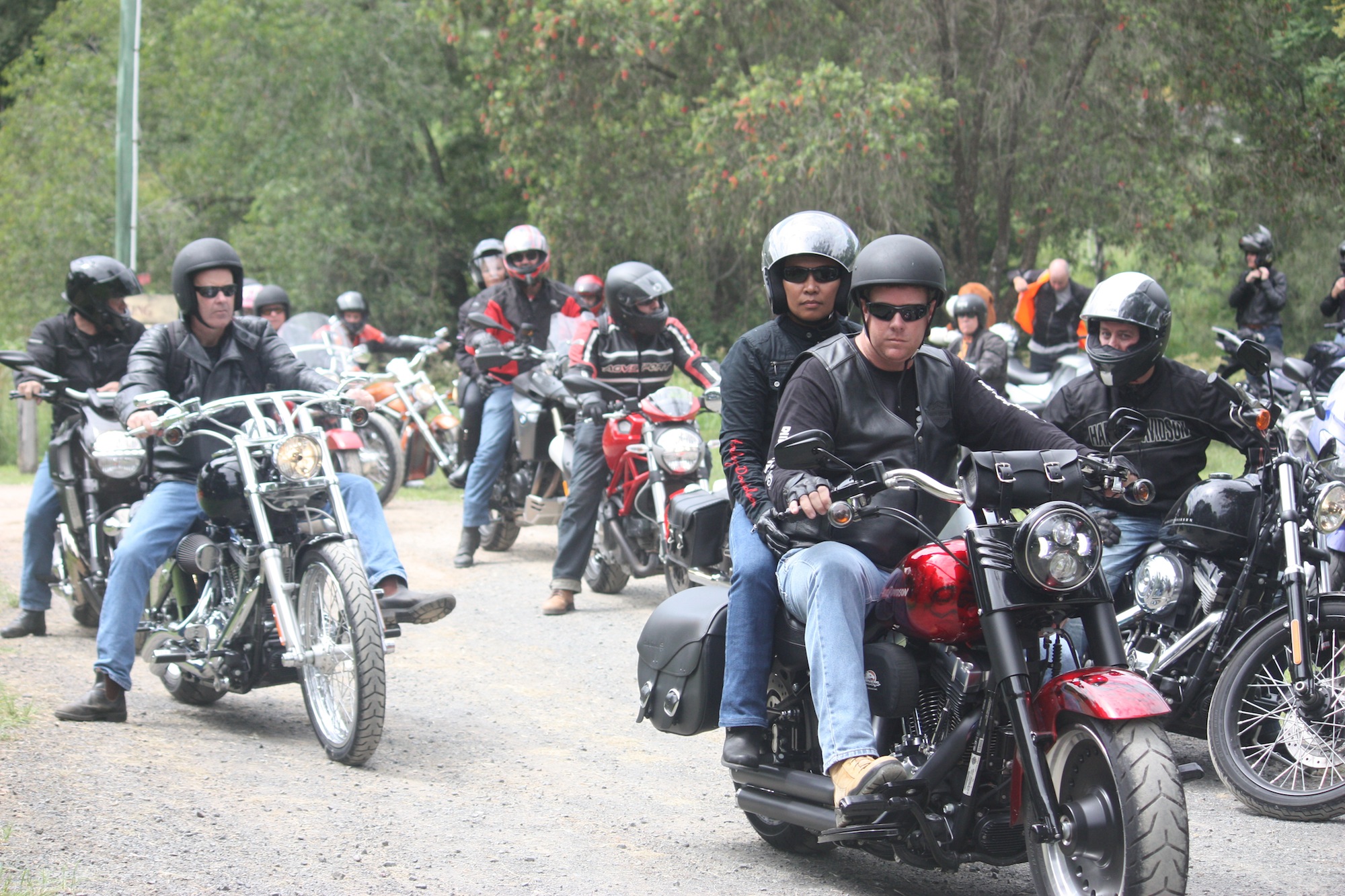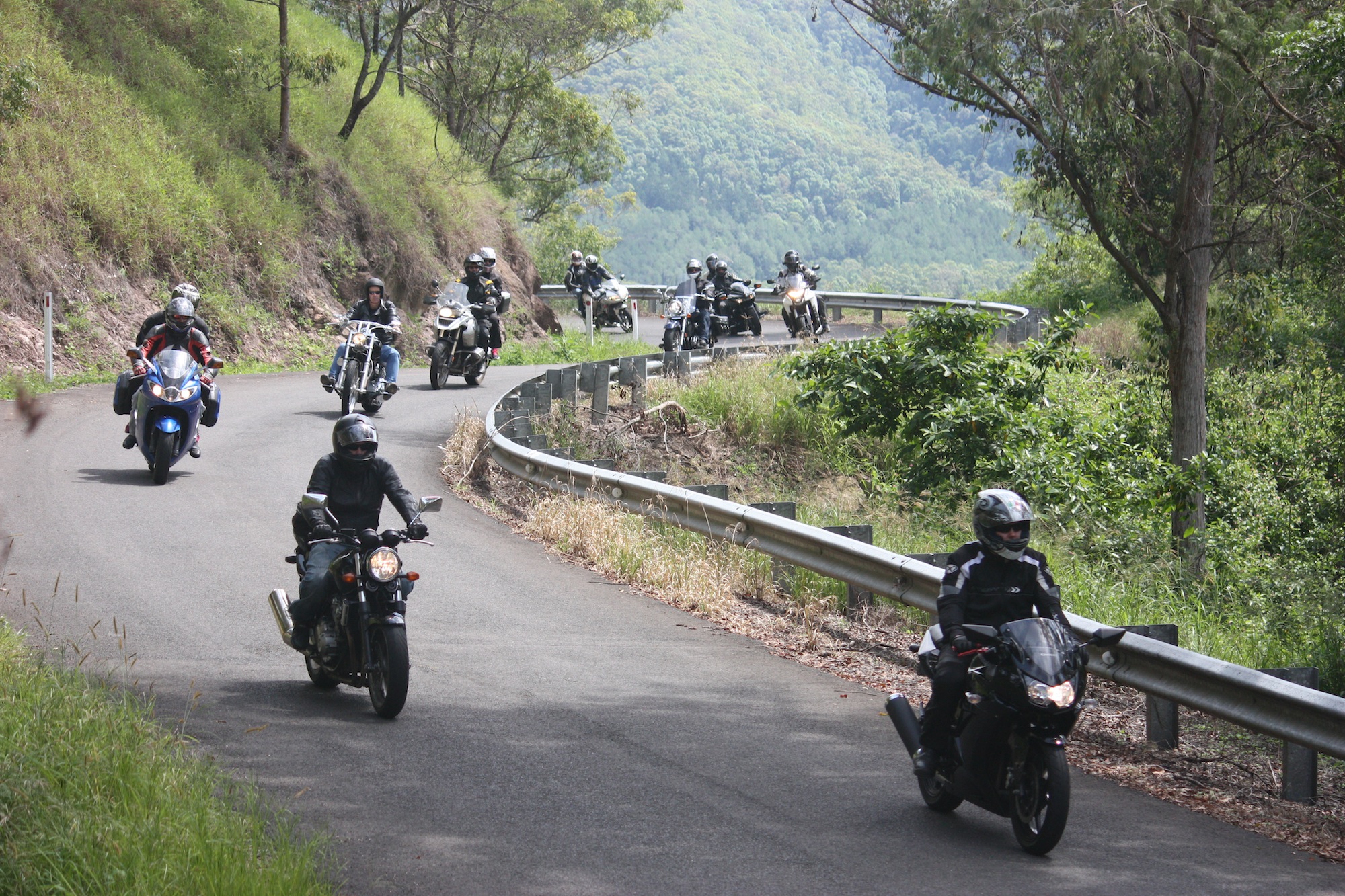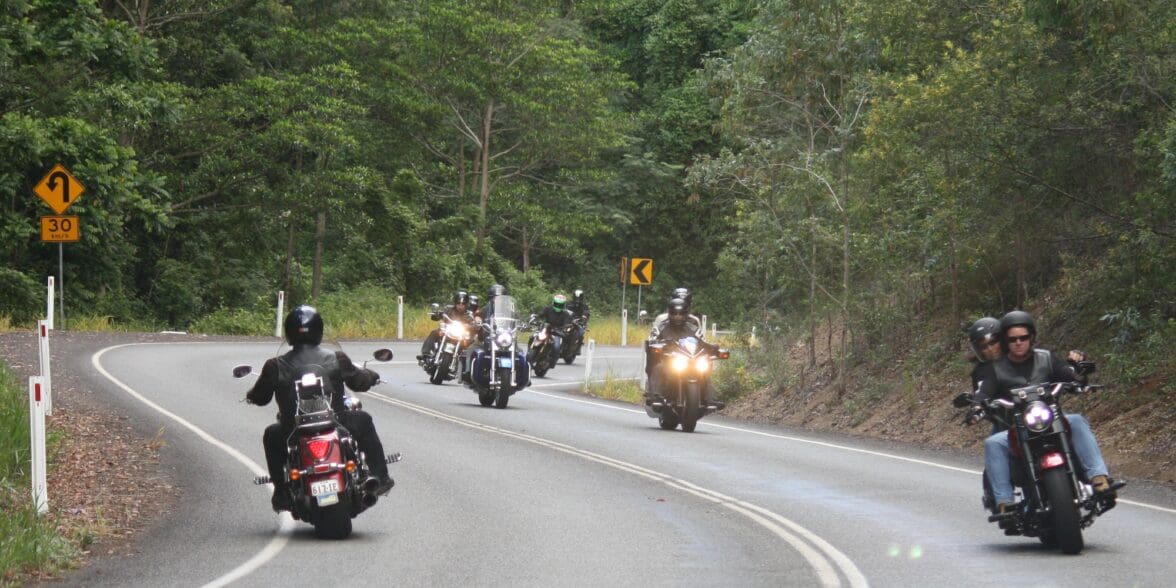
The Victorian Government Road Safety Committee’s 500+ page final report on their 18-month Parliamentary Inquiry into Motorcycle Safety (PIMS) contained 64 recommendations positive for bikers.
Of those, only 16 have been accepted in full by the government, 15 were rejected, 32 were “agreed “in principle” or “in part” and one was “noted”.
The results impact directly on Victorian riders, but have wider ramifications in other states which had been watching the report closely.
Among those recommendations rejected were ending the insidious and unfair motorcycle safety levy of nearly $70.
This is despite Victorian Premier Dr Napthine stating in 2002 that the Motorcycle Safety Levy was “unfair, discriminatory and bloody wrong” and had pledged to abolish the levy.
But what did we expect from a politician … to keep their promises?
It’s not all bad news, though.
Agreed items were a move toward national conformity on assessing road crash data; development of a rider training curriculum; new ad campaigns that do not create negative stereotypes of riders; and support for a motorcycle safety awareness week during the Phillip Island MotoGP.

Instead, the Victorian Government believes “measures to improve mutual respect and awareness between motorcycle riders and drivers would be more beneficial”.
Victorian road safety lawyer John Voyage of Maurice Blackburn jumped the gun a bit on this believing the government to be pro-filtering.
He cited a European motorcycle accident study that found filtering through slow of stationary traffic reduces cash rates of riders by up to six times.
However, all the government has decided is that VicRoads will develop an “awareness campaign aimed at all road users, about safe sharing of the road with motorcyclists, particularly in congested environments”.
Despite rampant rumours, the report did not endorse the need for front number plates nor mandating high visibility or protective clothing.
The Victorian Motorcycle Council has given the Victorian Government’s response to the report a “lukewarm reaction”.
Bikers may likely feel a little bit more strongly about it than that, but the VMC is trying to build a harmonious, rather than combatant, relationship with the government.
VMC chair Peter Baulch points out that the government has a one-seat majority and is facing an election within 12 months.

He described the report as a “no-nonsense watershed analysis of Victorian motorcycling”.
“It saw through the negative media stereotyping aided by the TAC’s abysmal motorcycle safety campaigns and represents the state of the art thinking on motorcycle safety. Disappointingly, the Government does not see as clearly as the PIMS committee. There has never been a safer time to ride a motorcycle in Victoria, but we’ll have to endure continued negativity from the agencies.”
Victoria rejects bike levy ban


